Extract: The Ascent: Sean Kelly, Stephen Roche and the rise of Irish Cycling's Golden Generation
Barry Ryan recalls the era of Ireland's dominance

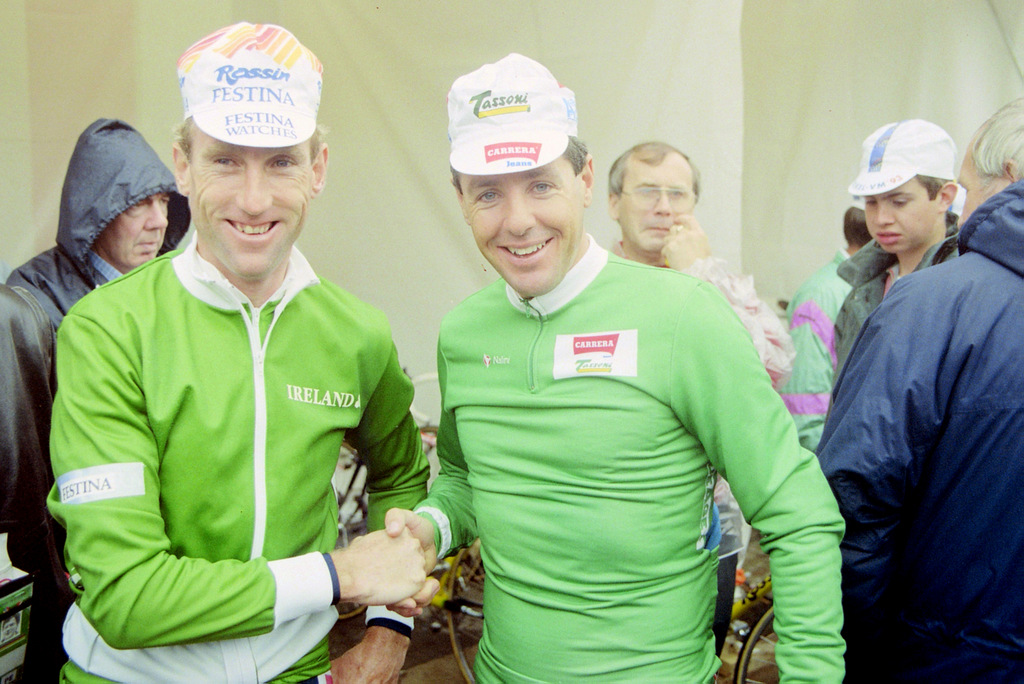
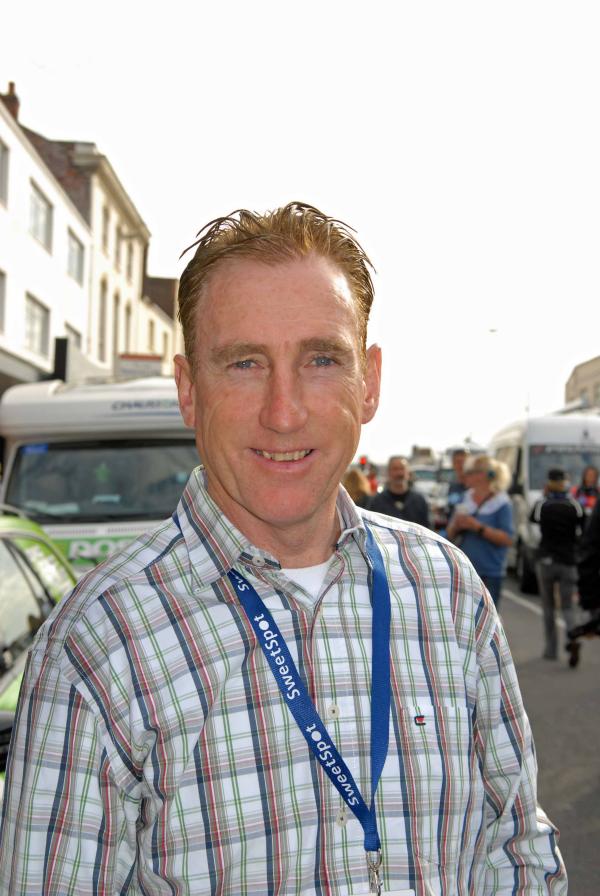
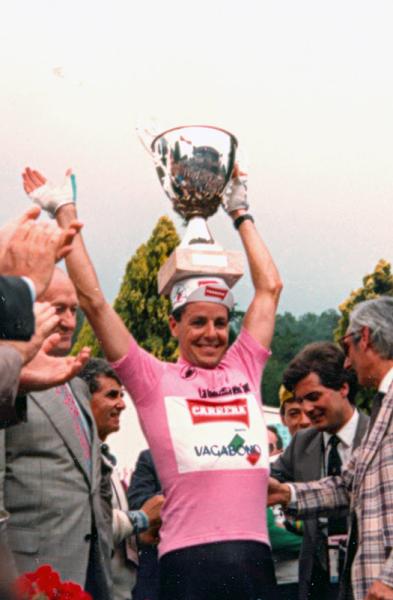
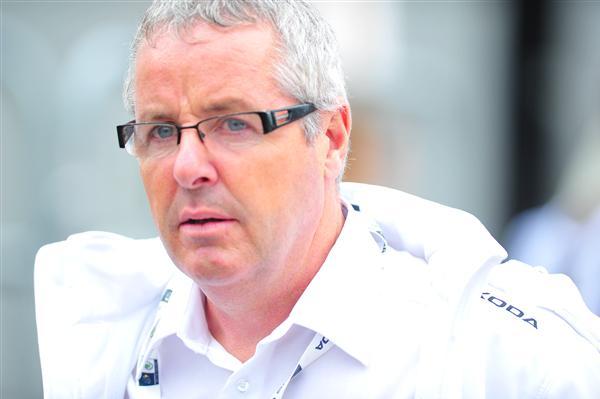
The following is an extract from The Ascent: Sean Kelly, Stephen Roche and the rise of Irish Cycling's Golden Generation, published by Gill Books and available in hardcover and e-book format (http://bit.ly/ascent-amzn)
Sean Kelly had been a professional for four years when his fellow countryman Stephen Roche joined him in the peloton in 1981. Roche promptly won Paris-Nice and the gregarious neophyte's early success saw Kelly begin to re-think the scale of his own ambition…
Sean Kelly and Stephen Roche were still some way off box office status in their home country in January of 1982, but a joint television appearance on the Late Late Show shortly before the season began suggested their achievements were beginning to stoke the curiosity of a wider public. Roche sat next to host Gay Byrne and on occasion leant towards the studio audience as he held forth on his ambitions for the years ahead, while Kelly, as ever, was more guarded of body language and response. He certainly wasn't going to be so gauche as to compare himself, as Roche did, to reigning Tour champion Bernard Hinault.
"I've beaten him in time trials, I've been with him in the mountains, and I can fairly hold him or match him in a stage race. The French public, I think, are fairly browned off now with this fellow Hinault and they're looking for a successor, and I'm forced to be coming up. Whereas Sean will tell you, he's a different man altogether, he's a sprinter and he's there to win stages," Roche said, before adding almost as an afterthought: "And possibly the overall also." Pat McQuaid – soon to be appointed as Irish Olympic coach – was sitting in the audience and was invited to assess the new phenomenon. "They're predicting he'll win the Tour de France within a year or two," McQuaid said. "He's going to be a millionaire overnight."
If Kelly felt discommoded by the acclaim lavished upon the recent arrival at the top table, he wasn't going to betray those feelings before a national television audience. That night in Montrose and elsewhere, his public utterances were carefully deferential towards Roche's fine debut season and future potential. Besides, he had already expressed himself perfectly eloquently in his preferred, wordless manner a couple of weeks previously, when he lined up alongside Roche at Carrick Wheelers' traditional Hamper Race, a pre-Christmas handicap event that Kelly had been dominating since he was a teenager.
The two professionals set off in the scratch group, 10 minutes after the veterans and schoolboys who went out first. Kelly and Roche had downplayed their form beforehand, each insisting he had been training in the gym rather than on the bike, but once the flag dropped, competitive instincts overrode pre-race niceties. They worked together at first, shaving minutes off their deficit as they passed group after group, but once they caught the frontrunners, Kelly took off alone and left Roche behind. The race ended with 10 laps of a half-mile circuit in Carrick-on-Suir, and Kelly made sure to lap the chasers, Roche included, before the finish. Point duly proven in his backyard, Kelly turned his attention to reasserting his pre-eminence on the Continent.
"I was the guy who was out there and who was performing, and then Roche rocks up and he wins Paris-Nice and he wins Tour of Corsica and a few races," Kelly says now. "And I suppose, yeah, when there's somebody pushing in there and getting the exposure, that definitely does make you work harder and you say to yourself, 'I have to get my butt out of the saddle.'"
The latest race content, interviews, features, reviews and expert buying guides, direct to your inbox!
***
In late January, Roche took the ferry from Rosslare to attend the unveiling of the route of the 1982 Paris-Nice, and later the presentation of his Peugeot team, where he took possession of a new company car. Kelly lingered a little longer in Ireland before he travelled to link up with his new squad. Sem-France Loire, sponsored by a garden furniture concern, was a small outfit of modest means, but it held a trump card. Jean de Gribaldy was the team manager.
Unlike during Kelly's previous spell at Flandria, where de Gribaldy had effectively been a line manager, Le Vicomte oversaw the entire operation at Sem, and he revelled in building a subversive identity for a squad he saw as an extension of himself. His aristocratic ancestry, he claimed once, caused 'as much commotion in the cycling milieu as cyclists would in the Opéra de Paris'. If Peugeot and Renault were the teams of the establishment, routinely picking up the best young amateur riders in France as though building a stock portfolio, then Sem, de Gribaldy decided, would be a home for outsiders and the overlooked. The 1982 line-up featured several riders who had failed to settle elsewhere, including Marcel Tinazzi, who had struggled at Peugeot, and Jock Boyer, the first American to ride the Tour de France, whose vegetarianism and staunch religious faith had made him an outcast at Renault.
De Gribaldy's 'secrets' were a mix of the idiosyncratic and the common-sense, and some would even be dusted down decades later and rebranded, as though freshly discovered, under the risible neologism of 'marginal gains'. Weight remained his chief preoccupation. "His reasoning was that in Formula 1 they have 800-horsepower motors and they still shave down bolts just to save 20 grams, so imagine what a bike rider could do if he lost three kilos," Tinazzi says. Kelly had swayed from the de Gribaldy diet at Splendor, but in early 1982, Kelly began recouping the ground. He seemed to grow leaner by the day.
"I'd say I probably weighed three or four kilos more when I started as a professional. When I was with de Gribaldy at Flandria, I started losing that, and his plan was that I was going to lose a lot more if I stayed with him," Kelly says. "But instead I went to Splendor, of course, and you could say I lost a bit of time there. From the time I left Flandria, de Gribaldy kept saying to me I was carrying too much weight to get over the climbs. He threw that at me a few times."
Despite limitations of budget, de Gribaldy had a keen eye for equipment, too, though perhaps his greatest strength was as a psychologist. He eschewed convention by refusing to hold tactical briefings at night in the hotel, believing that his riders needed to relax rather than fret over the following day's race. Rather like Brian Clough at Nottingham Forest, his instructions were instead limited to a few words on the start line. "When you were going well, he'd come up to you there and he'd say 'Today, I want you to ride with the small wheels.' That's what he used to call light wheels: 'small wheels'. And then he'd have the mechanic pop the light wheels into the frame 30 seconds before the race started," Tinazzi says. "It meant that the night before we didn't lie awake dwelling on the responsibility of what we had to do."
In the longer-term, de Gribaldy was not averse to applying gentle pressure to certain riders, and he set about convincing Kelly that he could win Paris-Nice from the moment he signed his contract with Sem at the 1981 Worlds in Prague. Through the winter and early spring, de Gribaldy drilled home the twin tenets of his methodology, chiefly riding a lot and eating very little. The motivation, on the other hand, came largely from what Roche had achieved in the same race the previous year. It begs the question as to whether Kelly's mutation in 1982 and 1983, from sprinter to all-rounder, from misfiring prospect to dominant force, was moulded more by the influence of de Gribaldy or the emergence of Roche.
"If I was to tell you the truth, certainly Roche's performance did drive me on," Kelly says. He would likely not have bought as readily into de Gribaldy's Paris-Nice project had his fellow countryman not already planted the flag on the Col d'Èze. "It motivates you that bit more because he's Irish. If it was somebody else, it certainly wouldn't have been the same. But at the same time, I think de Gribaldy would definitely have been pushing me."
Roche has little doubt about his role as the catalyst for Kelly's transformation. "I feel partially responsible, without being pretentious about it, for Kelly's second wind in his career," he says. "Kelly was winning stages of the Tour de France and doing good things but when I came along, he changed his whole profile. Sean had himself down as being a classics rider and winning stages, and then this Dublin guy came along and started winning stage races so he said, 'Gee, I'd better get my finger out here, otherwise Roche will be taking all the limelight.'"
A win at the hilly Tour du Haut-Var in late February was an early vindication of de Gribaldy's grand idea, though Kelly was not considered among the main favourites when he lined up for Paris-Nice. The race organisation had that year sold the race start to the Belgian town of Luingne, but the basic premise remained unchanged, as the riders tackled increasingly rugged terrain, and wind, rain and snow en route to the Côte d'Azur. The first major selection came on the snowbound leg to Saint-Étienne, where Kelly comfortably beat Roger De Vlaeminck in the sprint to take the white jersey, but though he reinforced his lead with another stage win two days later, it was expected that Roche's Peugeot teammate Gilbert Duclos-Lassalle would snatch it off him on the final stage up the Col d'Èze.
Duclos-Lassalle, who probably felt he had already done the hard part by beating out Roche, Phil Anderson et al. to lead Peugeot's challenge, didn't have to wait that long to get his hands on the white jersey. The following afternoon, Kelly attacked coming down the Col du Tanneron, which had been washed all day by icy sheets of rain. Almost inevitably, both Kelly and Duclos-Lassalle slid off the road, but amid the confusion, the Frenchman clawed out a small advantage. He reached Mandelieu five seconds ahead of Kelly to move into the lead with just the final day's split stage to come.
Kelly completed his hat-trick of stage wins by claiming the sprint along the Promenade des Anglais at the end of the morning stage, before de Gribaldy dragged him away from prying eyes and distracting microphones to warm up for the Col d'Èze time trial. As Kelly sat pedalling on the rollers outside a quiet café near the start, Roche was already out on the course. Twelve months previously, bereft of fear or expectation, he had made light of those shallow slopes. This time around, he pedalled with the ponderous strokes of last year's man to finish 6th overall, but only 14th on a stage he was tipped to win. The lone consolation, perhaps, was that he was that he was the only man within Peugeot to realise fully the threat posed by Kelly from the outset. "Nobody can say what he can or cannot do," he warned presciently early in the week.
Duclos-Lassalle set out a minute after Kelly and had the apparent advantage of getting regular updates on his rival's time, and so de Gribaldy ordered his rider to set off at full speed in the hope that Duclos-Lassalle would push himself to the breaking point by trying to match his pace. The gambit worked. Wearing the lurid pink jersey of points leader, Kelly was unperturbed by the blustery conditions on the lower slopes of the Col d'Èze, quickly establishing a decisive lead, with de Gribaldy cajoling him all the way. Come the summit, Kelly hadn't merely overhauled Duclos-Lassalle, he had won the stage itself, the first time in history that a rider had snared both stages on the final day. Paris-Nice victory was a calling card, both for Kelly and for de Gribaldy. Writing in Le Monde, the veteran journalist Jacques Augendre singled out the 'will to win' of the youthful Sem-France Loire team and its leader: "It's a virtue that is becoming rarer and rarer in a peloton threatened by embourgeoisement."
Working-class mores alone weren't sufficient for Kelly or Sem to make an impression in the classics in 1982. A spate of punctures ruined his Paris-Roubaix, and 12th place there would be his best showing in a disappointing April campaign. The upward trajectory resumed in July, however, where for the first time in his career, Kelly entered the Tour de France guided by a precise target rather than muddled by vague ambitions. Two years earlier, he had, almost without realising it, finished 2nd in the points classification, and now his directeur sportif wanted him to make a concerted effort to win the competition outright. De Gribaldy had cottoned on to an incontrovertible formula: to borrow from AJ Liebling, Kelly could climb better than anyone who could sprint faster, and could sprint faster than anyone who could climb better. Kelly placed second a maddening five times on flat stages, but then won from a reduced group in Pau after surviving the mighty Col d'Aubisque in the company of Bernard Hinault, who was en route to a fourth overall victory. QED.
Kelly had the green jersey of points winner wrapped up long before he reached Paris, arriving on the Champs-Élysées with almost triple the points of the runner-up, Hinault. He then spent much of August driving across France, Belgium and the Netherlands to perform in criteriums, where he was able to command one of the highest appearance fees off the back of his displays at the Tour. De Gribaldy remained a parsimonious paymaster, after all, so each night, Kelly would don his green jersey, put on a show for the multitudes and pad out his yearly earnings.
On the first weekend in September, Kelly switched to a green jersey of a different hue, when he lined out alongside Roche in Ireland's two-man team at the World Championships in Goodwood. His year-long consistency meant that he figured among the favourites for the race, and though the exhausting criterium circuit was hardly the best preparation, he couldn't hide a quiet confidence on his arrival in West Sussex. "I suppose I have never attended a World Championships feeling so strong," Kelly conceded. "The course is hard, but not savage."
The Irish strategy was a simple one. Roche would shepherd Kelly throughout the day in the hope that the Italian team would control the race for their fastest finisher, Giuseppe Saronni. That, by and large, was how it panned out. The one deviation from the script came in the final kilometre, when Jock Boyer's late attack was surprisingly shut down by his fellow American Greg LeMond. It made little material difference to the outcome, however, as Saronni ripped clear on the final rise to the finish to claim victory with a sprint that would be immortalised back home as La fucilata di Goodwood – 'The gunshot of Goodwood'. Kelly scarcely had the energy to return fire, and placed third, behind LeMond, who had used all his ammunition in the pursuit of Boyer.
Like Saronni, Kelly's Goodwood exploits would also live on in his home country. That winter, a square in Carrick-on-Suir was renamed in his honour on the back of the medal, Ireland's first since Shay Elliott's contentious silver in Salò 20 years previously. "If I could cut the medal in half, Stephen would get half," Kelly said afterwards. After a trying sophomore year at Peugeot, Roche appreciated the sentiment.
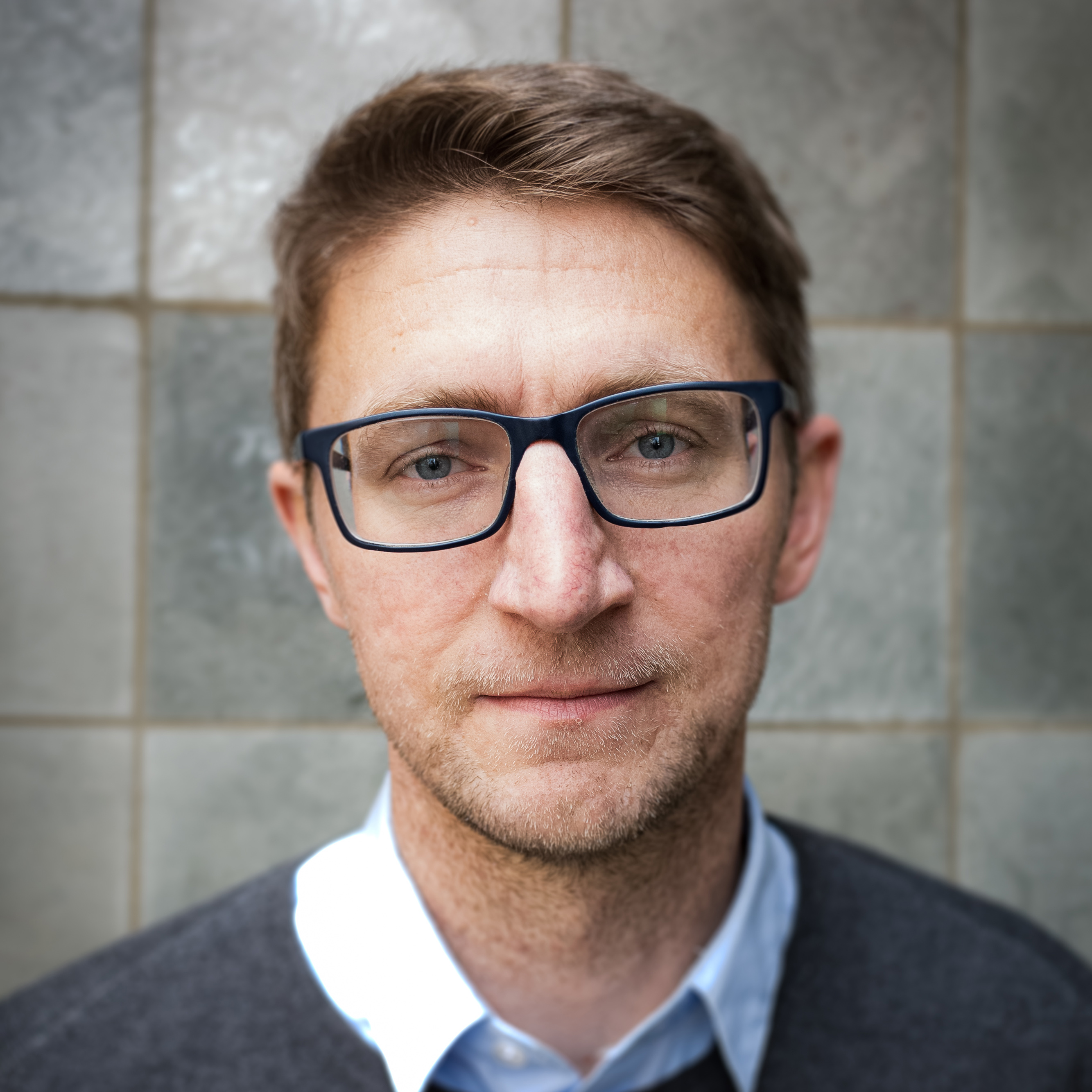
Barry Ryan was Head of Features at Cyclingnews. He has covered professional cycling since 2010, reporting from the Tour de France, Giro d’Italia and events from Argentina to Japan. His writing has appeared in The Independent, Procycling and Cycling Plus. He is the author of The Ascent: Sean Kelly, Stephen Roche and the Rise of Irish Cycling’s Golden Generation, published by Gill Books.